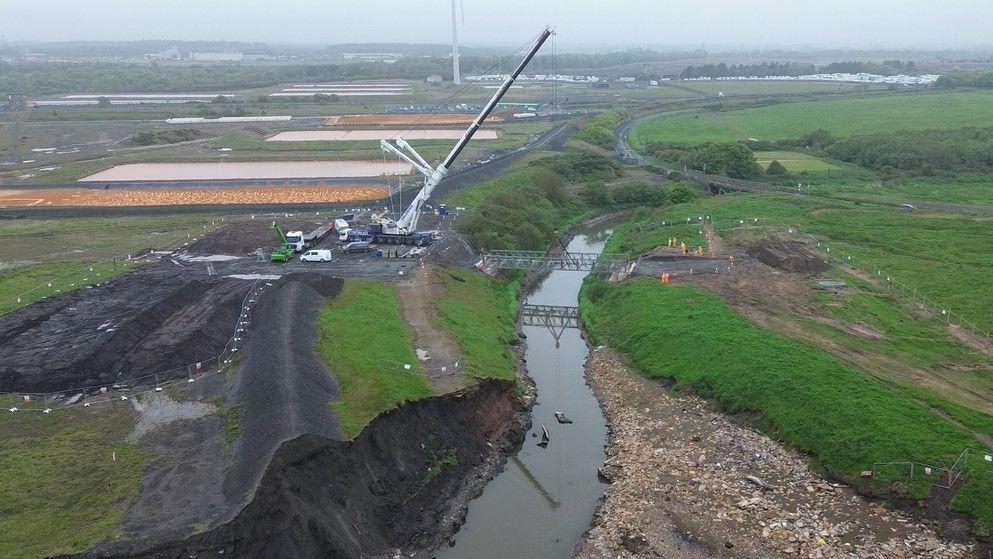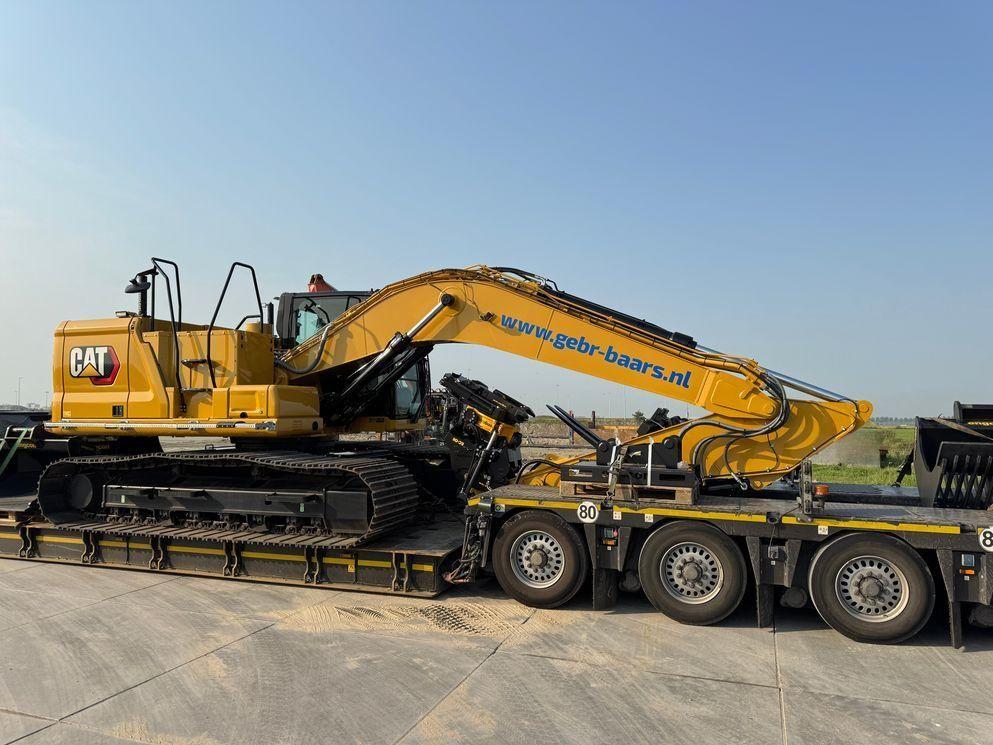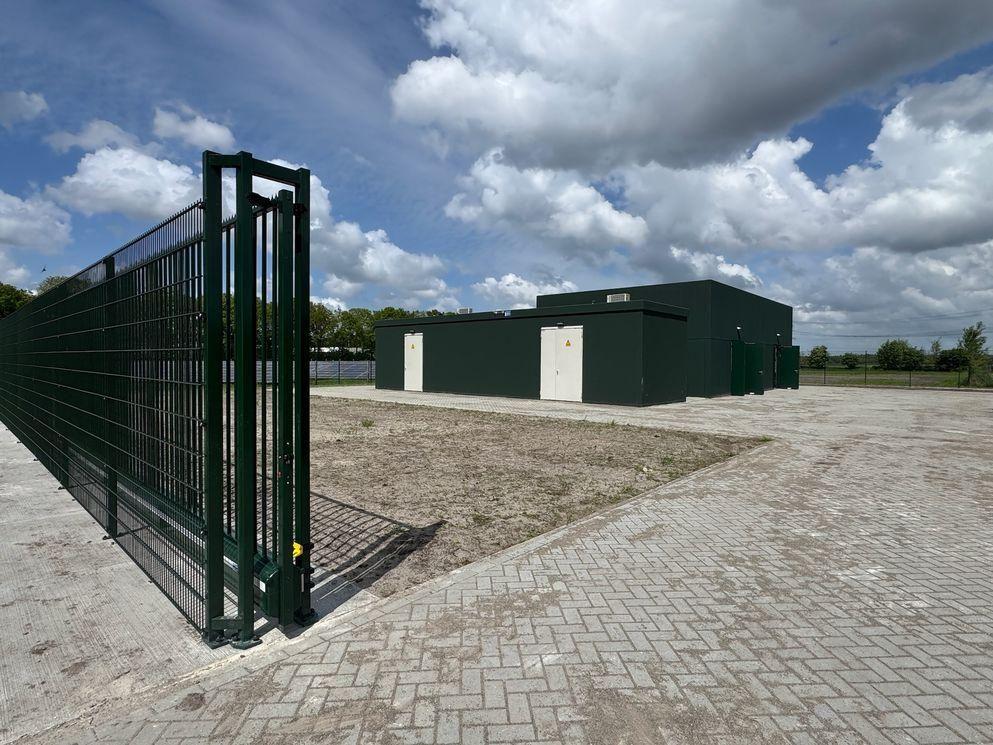BAM gears up for historical £5 million coastal clean-up at Lynemouth
BAM is gearing up to tackle the historical pollution on the Lynemouth coast, with the final stages of preparation work now underway.
Northumberland County Council appointed BAM earlier this year to lead on the £5 million coastal clean-up and stop historic waste deposits from washing into the sea. The work will be critical to improve the environment and support nature recovery in this area for the benefit of local residents, visitors and wildlife for years to come.
All the necessary planning and regulatory approvals were secured for the scheme earlier this year and now a temporary bridge is being assembled and craned into position by BAM.
Once completed, it will provide access to the north side of the River Lyne, ensuring that construction traffic doesn’t have to use the coastal road between Lynemouth and Creswell throughout the duration of the works.
After the bridge installation, the site setup, including haul roads and the waste processing area, can be completed. In late June, BAM will begin excavating and processing the waste materials.
This will involve separating the waste materials for safe off-site disposal and reinstating the landscape, with completion aiming for autumn 2024.
Gareth Farrier, Regional Director, North of England at BAM, said: ‘It is rewarding to see the BAM team begin the physical works for this important environmental project, which aligns perfectly with our own values of building a sustainable tomorrow. Seeing the temporary bridge installed is the first visible step to implementing a long term solution for this historic landfill site to prevent industrial waste, plastics and pollution from damaging the valuable Northumberland coastline. We look forward to seeing the works progress towards a comprehensive restoration of habitat for local wildlife and a safer marine environment.’
Council Leader Glen Sanderson said: ‘We’re now seeing key infrastructure going in ahead of the main work starting on this major clean-up project that will significantly improve the environment along this part of the county’s coastline which has been blighted by past industrial activity. It’s a very expensive scheme but one that is so important, not just locally but for the whole county, in tidying up and restoring this land to the way it should be. This is a key project in our commitment to put the environment at the heart of everything we do and in a few months, we’ll see benefits for local residents, visitors and our wildlife for years to come.’




